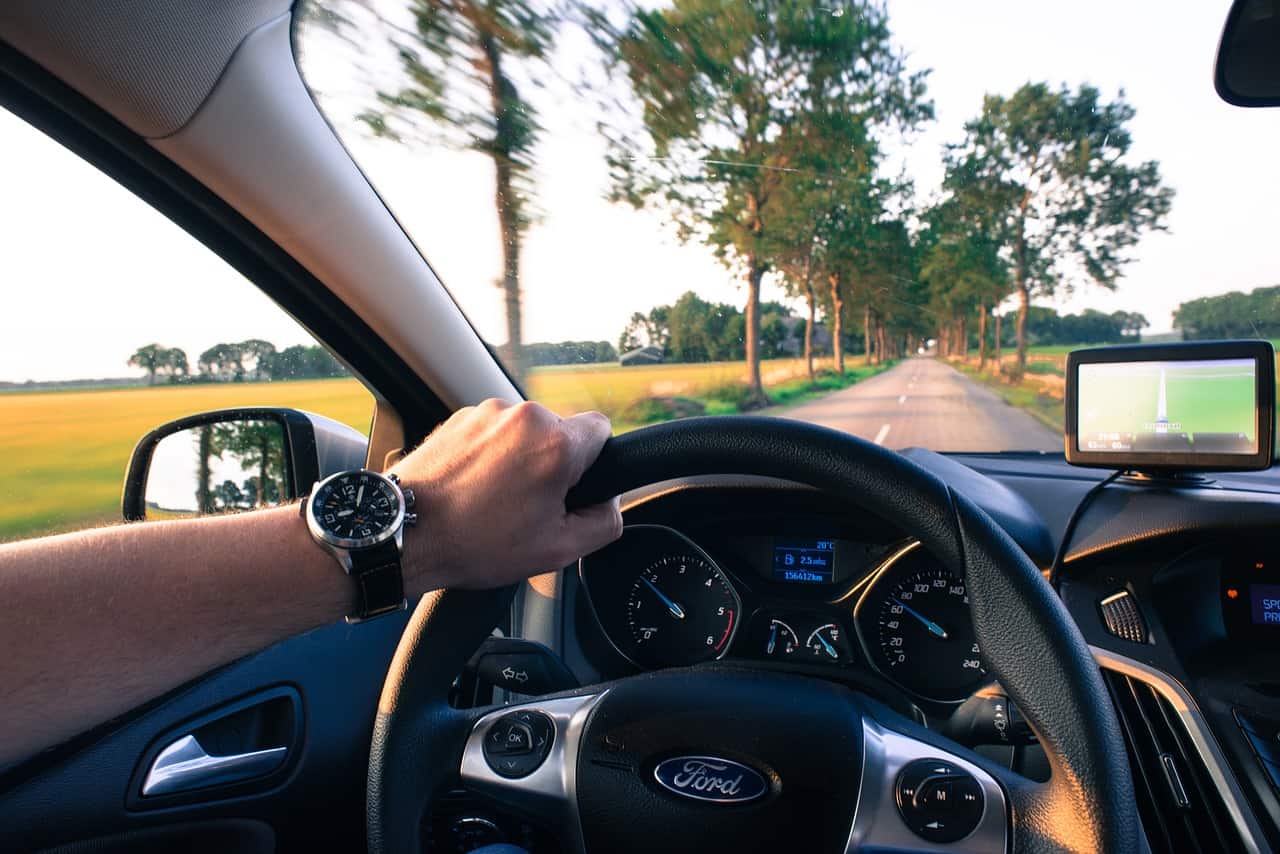Spring and Summer can mean warm days, sunny memories, and maybe even cross-country road trips. Long distance driving is dangerous and normally very tiring. So, how can drivers stay safe when driving long distances?
Read on for twelve tips for driving long distances to stay alert and get to your destination safely.
1. Don’t hog the Wheel
It seems obvious; the best way to stay safe driving long distances is to give up the wheel to another driver and take a break for a few hours. According to experts, the safest amount of time a driver should be behind the wheel is ten hours, total, each day. This means even if you are sharing the drive, you and your co-pilot will still need a good break for rest.
2. Set reasonable daily distances
There’s no need to rush, is there? One way to stay safe is to set realistic goals when you are driving long distances; don’t set tight time limits and expect to make up lost time by speeding or pushing yourself too far. Always plan for the unexpected; if you have set a certain time limit each day for your trip, add an hour or two for traffic and unplanned rest stops. Factor in rush hours, road construction and detours when planning your drive.
3. Make sure the car is ready for the drive
A few days to a week before the big trip, take the car in for servicing. Oil change, tune-up, and topping off the fluids are all important points to check, but also have the tires checked and rotated. The day before you leave, check all your fluids again and make sure you have an emergency road kit in your trunk, including flares, as well as a spare tire and jumper cables. Place an empty gas can, a few quarts of oil, and a gallon of water in the trunk just in case. Driving long distances is an invitation for your car to break down if it isn’t checked before your leave.
4. Keep all documents in a safe place
Make sure all of your documents, such as registration and proof of insurance, are in one place in case they are needed. Place all of your change or expected toll money in a cup in the console so you can grab it easily as you approach the tolls; being distracted as you approach a toll booth can lead to an accident.
5. Take frequent rest breaks
Even if you aren’t tired, make it a point to pull over every two hours or so to stretch your legs. Grab a snack, use the restroom, or check your maps; you need to take a mental break frequently to keep you safe while driving long distances.
6. Don’t program your cruise control
Using cruise control when driving long distances disconnects you from the road and your surroundings. It can relax your mind to the point of losing your concentration and cause driver fatigue quickly. Cruise control is handy for short periods but exercises extreme caution when using it for long distances.
7. Watch what you eat
Heavy foods, like pasta, make you sleepy. Some foods are known to cause fatigue, like turkey, but others may surprise you. Cheese, chicken, and even fish contain tryptophan, the amino acid responsible for your post-turkey couch coma. Be careful indulging your sweet tooth at a gas station rest stop; candy, just like heavy carbs, will boost your blood sugar quickly but will cause a rapid crash when the initial “high” wears off. Avoid fast food and opt for frequent smaller, healthier snacks to keep hunger at bay and keep you alert on the road if you’re driving long distances.
8. Dress comfortably and address back pain
You’re not on parade for your road trip, so dress comfortably. Flat shoes and loose-fitting clothes will keep you focused on the road. If your back tends to hurt from driving long distances, use a travel pillow and make sure your seat is high enough and angled appropriately to keep pressure off your back. Heated seats will help ease back pain, but if that isn’t an option, you can purchase products that are designed to be placed directly on your back for heat therapy. If that isn’t enough and you take many long-distance trips, you can shop for heated seat covers to ease your back pain. Comfort is one of the most important things to consider when you are planning your road trip.
9. In with the new
Fresh air is an important factor for staying alert and safe driving long distances. Even if your car is air-conditioned, crack the windows an inch or two to circulate fresh air throughout the car. You may want to consider shutting down the AC and opening the windows for a few minutes every hour to allow fresh air in.
10. Avoid distractions
It may seem self-explanatory, but in order to stay alert when you are driving long distances, you should avoid distractions. Do not answer your phone while driving, and don’t let your passengers become too distracting. It is a balancing act to stay focused and alert with pointed distractions, such as road games or upbeat music on the radio and allowing your kids to argue or become too restless in the back seat.
11. Let others in on your plans
When you are setting out for your trip, make plans to contact someone intermittently throughout the trip to let them know where you are and where you plan to be before stopping your day’s drive. Let them know your hotel destinations, and approximate time you will be checking in each day.
12. Obey the laws
When you set out on your trip, you’re excited. You treat every other car on the road with respect and courtesy, follow speed limits, and exercise caution. As the trip continues, you may start finding yourself road-weary and begin speeding, tailgating, passing improperly, or losing your patience with other drivers. If you feel yourself becoming road-weary, let someone else take the wheel for a while, or, if that’s not an option, pull over early for the night and get a good rest before continuing the next day.
Road trips are exciting, but they can also be tiring and stressful. Plan carefully, stay aware and follow these tips to help you stay safe when driving long distances.



